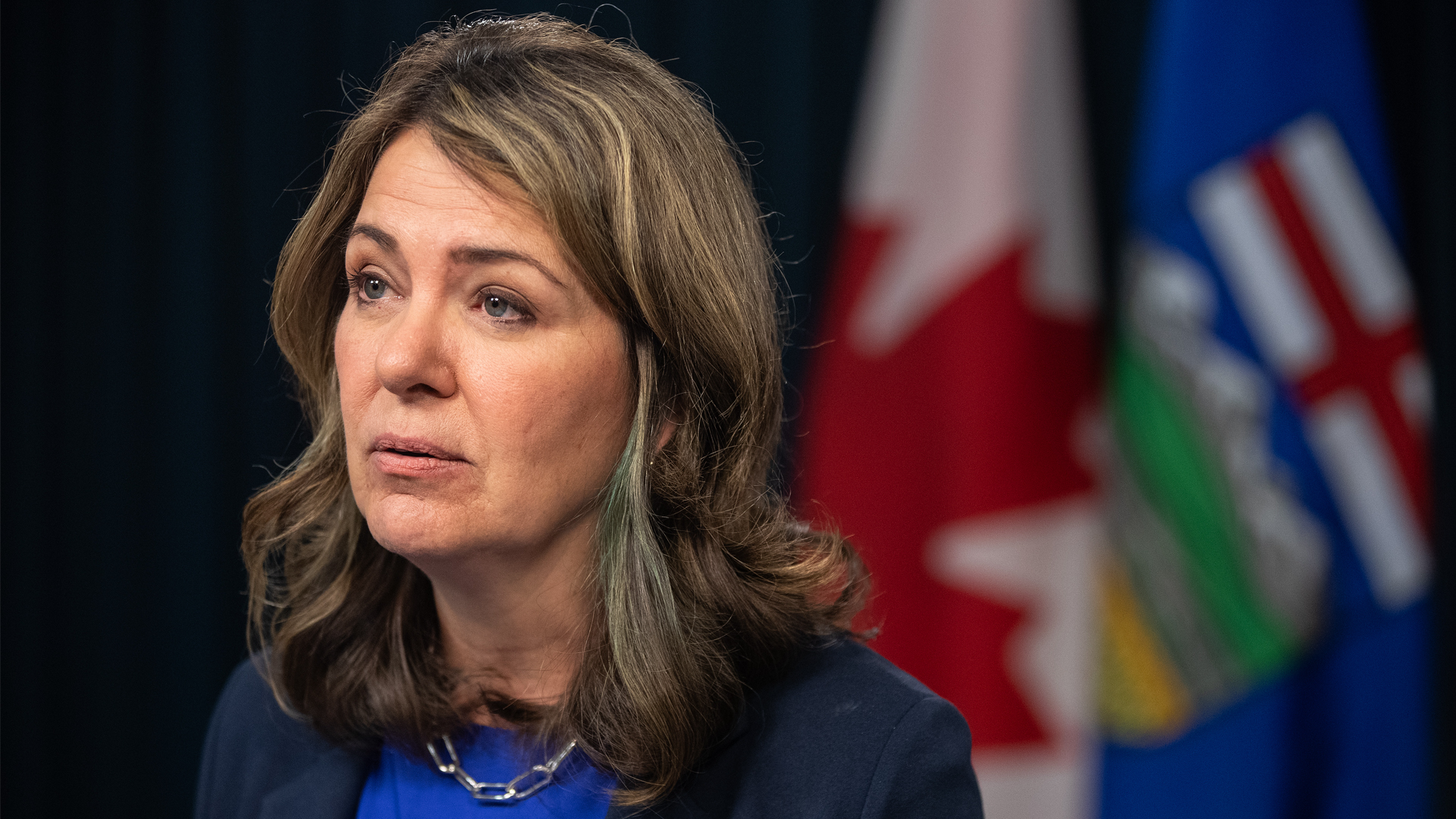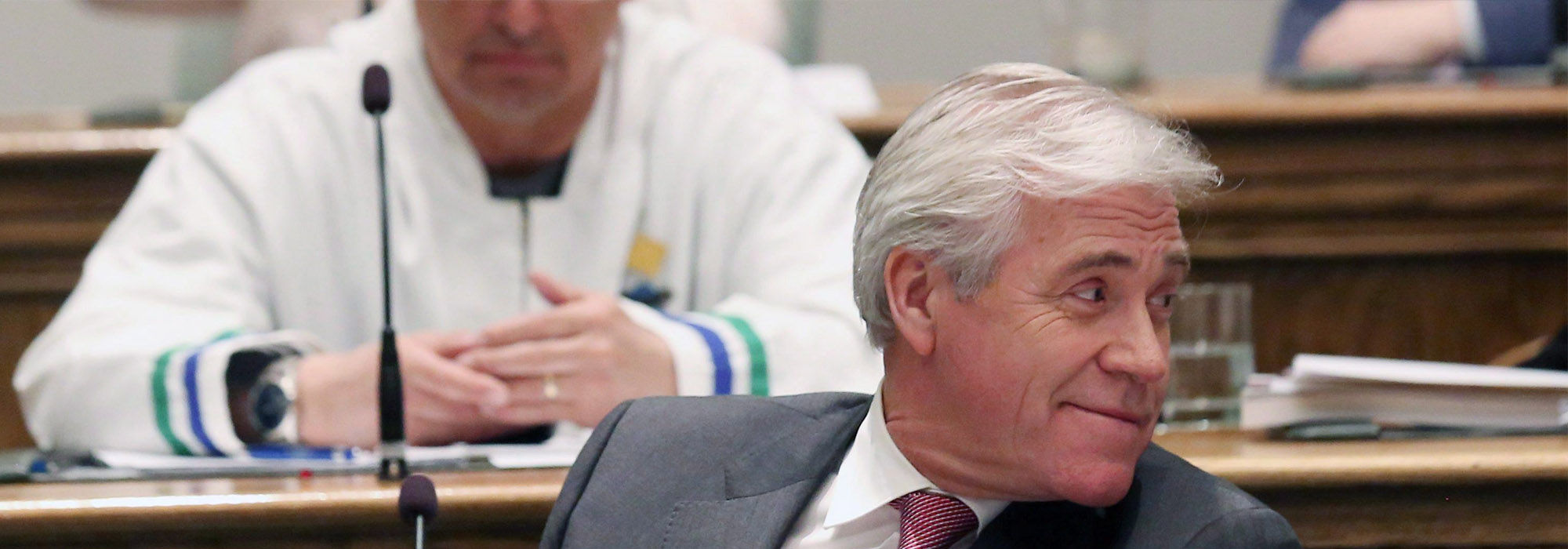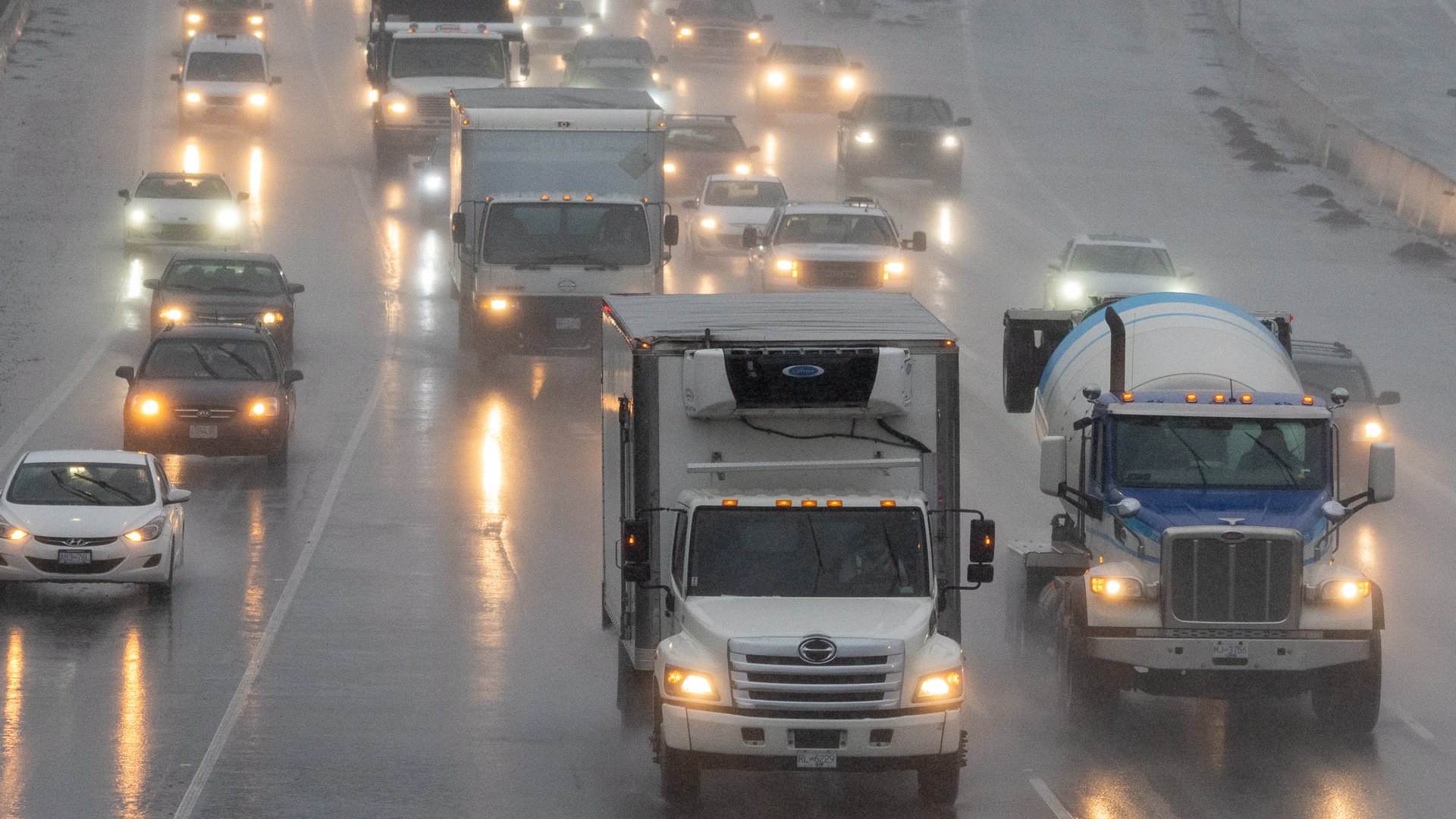
The 2018 budget season, now winding up, underscores a stunning reversal in the fiscal fortunes of Canada’s provinces. Five years ago, who would have guessed that in 2018 Quebec would be leading Canada in fiscal prudence and Alberta and Newfoundland and Labrador would be the provinces speedily racking up debt?
Resource-based provinces have been in a rut since the oil price downturn in late 2014, and the prospects of oil prices rebounding to save them from their fiscal mess are dim. Alberta and Newfoundland and Labrador are both highly dependent on resource revenues, rapidly issuing debt to pay for public services and deferring the hard decisions necessary to balance their budgets in future years.
However, if we look at them more closely, the prospects for the two provinces to get their fiscal mess in order are starkly different. Newfoundland and Labrador, unlike Alberta, is in a real pickle, facing thorny dilemmas that, unless addressed soon, risk dragging the province toward a crisis and prompting a rethink of federal fiscal transfers.
Over the past 15 years, both Alberta and Newfoundland and Labrador have relied on resource revenues to make up, on average, about 25 percent of annual own-source revenues (provincial revenues before federal transfers). Although the recent drop in oil prices has lowered the resource share, both provinces’ fiscal plans are still very exposed to swings in resource prices. This dependency — combined with the inability of both provinces to resist the temptation to spend windfall resource revenues as they came in — has forced the two provinces’ finances deep into the red.
The pace of overall debt accumulation in the past few years has been striking in comparison with the debt of other provinces (figure 1). Additions to net debt for each Newfoundlander and Labradorian peaked at over $4,000 per person in 2015, yet expansions in debt remain stubbornly high at around $2,000 per person in recent years. Yearly additions to net debt, per Albertan, have been above $2,000 per year since 2015 with minimal downward movement.
Both provinces have plans to eliminate their deficits over five (Newfoundland and Labrador) to six (Alberta) years, but neither provides detailed forecasts over the five-year period on how exactly deficits will be curbed. Newfoundland and Labrador plans for a brief 0.6 percent increase in spending this year to be followed by a decrease in total spending of about 1.4 percent each year in the next four years — a tall order.
But this is where the similarities end. In the short run and in the long run, the prospects for Newfoundland and Labrador’s budgetary future are graver than those for Alberta.
Newfoundland and Labrador’s pace of debt accumulation, when considered alongside its overall public debt burden, should set off alarm bells. It is the most highly indebted province in Canada. In 2016, it contributed a bit under 20 cents on every tax dollar collected toward servicing its debt. In contrast, Alberta spends a paltry 3 cents per dollar of provincial tax revenue to service its debt, and the provincial average is under 10 cents per dollar of provincial revenue.
Newfoundland and Labrador’s pace of debt accumulation, when considered alongside its overall public debt burden, should set off alarm bells.
The underlying demographics further complicate the prospects for spending restraint or raising taxes. Newfoundland and Labrador has the oldest population in Canada, and its aging workforce will limit the prospects for economic growth and increase demands on health care services.
On the basis of provincial demographic models, the workforce projections are somewhat frightening. Newfoundland and Labrador’s workforce could shrink by around 1.2 percent each year over the next decade. Traditionally, workforce growth has been relied upon to boost economic growth and the growth of government revenues, so a contraction would be an unwelcome development.
What’s more, the pace of aging in Newfoundland and Labrador will start to peak over the same time frame as the schedule for deficit reduction. As of today, in Newfoundland, for every person aged 75 or over — the age range when health care spending is highest — there are roughly eight workers aged 20 to 64. By 2025, that figure should fall to five workers for every person 75 or over (in about 20 years it would be three workers for each person aged 75 or over).
Contrast this picture with that of Alberta, with the youngest population in Canada, where the pace of aging is set to be much slower. Workforce growth should be positive and steady, and there are about 12 workers aged 20 to 64 for every person aged 75 or over today. This ratio should gradually fall to 10 workers per person aged 75 or over in the next decade (and about six workers to each person 75 or over in 20 years’ time).
On taxes, Newfoundland and Labrador has a 10 percent harmonized sales tax, among the highest in Canada (Alberta has none). It falls in the middle of the pack for personal income taxes on all earners (Alberta has the lowest), and it has a relatively high statutory corporate tax on larger firms. Given the already worrisome effects of a shrinking workforce on economic growth, policy-makers in Newfoundland and Labrador have to be especially mindful about risky changes to increase the province’s already relatively high tax take.
On the spending side, health care is the dominant provincial program, so serious deficit-curbing measures almost always have to tackle spending in that area. In 2015, age-adjusted health care spending in Alberta was approximately $5,300 per person, which is about $1,300, or 33 percent, higher than the national average. Newfoundland spends the second-highest amount per person on health care, at about $4,900 in 2015, about $900 more than the national average.
Newfoundland and Labrador’s more rapidly aging population dampens the prospects for major restraint on health care spending. So too do the challenges of delivering health care to largely rural populations: Newfoundland and Labrador, like much of Atlantic Canada, has a more geographically dispersed population than most places in Canada, which undermines the potential to deliver public services at scale.
This story of two provinces has many parallels. Both are highly dependent on resource revenues, piling up debt with plans to get out of deficit by 2023 or 2024 and mainly deferring the tough decisions needed to get back to balance. That said, the challenges facing them are worlds apart in size.
Alberta is buoyed by a young workforce and the lowest and most competitive taxes in Canada, and options to restrain health care spending should emerge given limited pressures from population aging.
In contrast, Newfoundland and Labrador must keep its tax rates competitive — especially with its workforce set to shrink — and faces increasing age-driven demands for health care services coupled with persistent challenges in delivering care to rural regions. Ottawa may not yet have pondered what, barring a successful and rapid return to surplus by Newfoundland and Labrador, this might mean for the federal government.
The possibility of adjusting federal transfers to account for variations among provinces in the age profile, geographic distribution or needs of their populations has been proposed as a way to help combat this asymmetric challenge. Although this idea is no more feasible today than in the past — mainly because provinces are not likely to agree on how to classify need — it is certainly worth discussing. The other federal program that could come under scrutiny is equalization, and specifically how annual equalization transfers are capped, how they consider resource revenues and how they account for rapid changes in fiscal fortunes.
Big decisions loom. Not in some time has a province been in as bad a fiscal situation as Newfoundland and Labrador, both now and in the medium term.
Photo: Newfoundland and Labrador Premier Dwight Ball looks on after the presentation of the budget in the House of Assembly in St. John’s on Tuesday, March 27, 2018. THE CANADIAN PRESS/Paul Daly.
Do you have something to say about the article you just read? Be part of the Policy Options discussion, and send in your own submission. Here is a link on how to do it. | Souhaitez-vous réagir à cet article ? Joignez-vous aux débats d’Options politiques et soumettez-nous votre texte en suivant ces directives.








